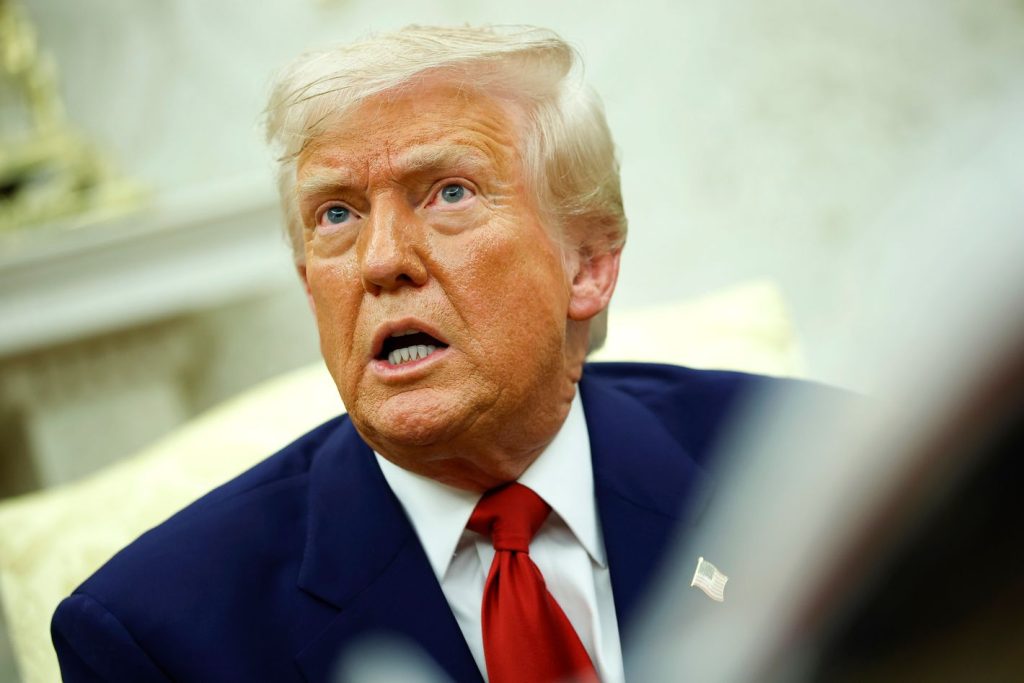Photo: Kevin Dietsch/Getty Images
Donald Trump has repeatedly expressed his love for tariffs. He has even called tariff “the most beautiful word” in the dictionary. But in reality, his affection is more of an infatuation than true love. As the first months of his second presidency have proved, what Trump really loves most is announcing new tariffs and new tariff threats, even though those announcements frequently contradict or reverse the previous ones.
Trump’s biggest recent tariff announcement was yet another reversal. On Monday, under the pretense of a deal that got the U.S. essentially nothing in return, Trump announced that he was reducing his preposterously high 145 percent tariff on China down to a still high 30 percent. According to the Washington Post, Trump backed down in large part because his aides were able to convince him that the China tariffs were going to hurt “Trump’s people” in various industries already reeling from the trade war. Some of that damage is already done, and not just for doll lovers.
It’s hard to keep track of how many times Trump has ordered or reversed new tariffs, but the Post has helpfully done that math, too:
Since the inauguration on Jan. 20, Trump administration officials have announced new or revised tariff policies more than 50 times, according to a tally by The Washington Post. (A separate tally by Reed Smith, a law firm, has found about 55 such actions.) Trump has issued more than a dozen tariff-related executive orders, or about one per week — one aimed at Mexican drugs and migration, another aimed at Canada, yet another hitting China, and several that modified previously issued executive orders, among others.
Some of his plans have been strikingly short-lived: More than a half-dozen of the president’s tariff announcements, such as duties on dairy imports and Colombian trade, didn’t last more than a week before they were altered. Some didn’t last a day. (The White House says this was because they achieved their intended result.)
Trump has substantially changed tariffs on goods from China, Canada and Mexico at least a half-dozen times each. He has reversed himself at least three times on auto tariffs, on steel and aluminum, and on agriculture and energy. Other sectors are left waiting to see how their production lines might be upended. Trump has announced, but not implemented, tariffs on semiconductors, pharmaceuticals and a range of other critical imports.
And though the White House continues to tease more trade deals to come, so far Trump has only announced one of any substance, with the U.K., and as the Post notes, that deal included scant concessions from Britain. So far, Trump’s trade war has achieved virtually none of the effects the president has promised, and it will be some time before the full extent of the economic damage is clear. Though tariffs may just be a fun threatening word Trump loves to use, and while investors and foreign governments have learned not to take Trump’s tariffs too seriously, they do still have real consequences. There are also much more beautiful words in the dictionary than tariffs — and one of them does as good a job as any at describing Trump’s tariff policies and threats: ephemeral.

